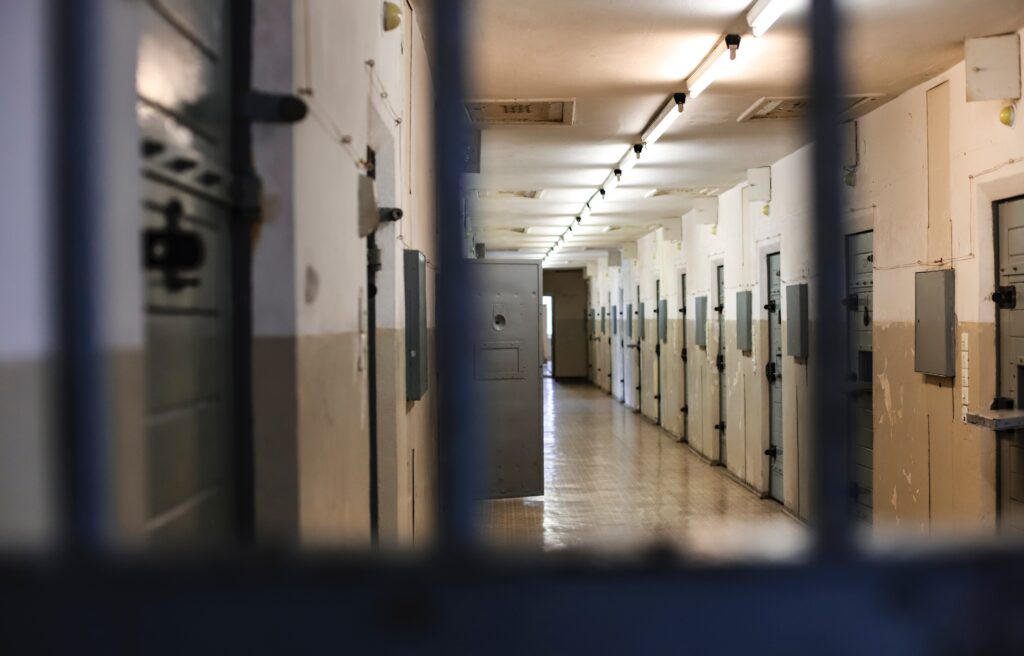Background
During the COVID-19 pandemic, federal agencies relaxed buprenorphine prescribing restrictions including for incarcerated individuals. The impact of COVID-19 on the supply of MOUD in U.S. prisons and jails is not known.
Methods
We used cross-sectional national monthly data from the IQVIA National Sales Perspective (NSP) for the total volume of medicines supplied to city, county and state prisons and jails and other types of institutional facilities in the U.S. We measured the total monthly supply (or volume) as extended units (EUs) for MOUDs overall and by type. We used interrupted time series analysis to evaluate changes in monthly volume of MOUDs in prisons and jails and other types of facilities (hospitals, clinics and long-term care) before (January 2018-February 2020) and during the COVID-19 (March 2020-October 2020) pandemic.
Results
The availability of MOUD in jails and prisons increased by 471.3% between January 2018 (52,784 EU) and October 2020 (333,226 EU). This increase was largely driven by increased volume of buprenorphine/naloxone and was not observed in other institutional facilities, including hospitals, clinics and long-term care, and. Specifically, the mean monthly volume of buprenorphine/naloxone at prisons/jails increased every month before the pandemic by 1860 EU (95% CI, 1110–2360). In March 2020, the mean volume of buprenorphine/naloxone increased by 81,930 EU (95% CI, 59,040–104,820) per month, followed by a significant increase of 24,010 EU (95% CI 19,530–28,490) per month during the pandemic vs before the pandemic.
Conclusion
These findings may indicate increased availability of buprenorphine/naloxone, a safe and effective MOUD, in prisons and jails since the start of the COVID-19 pandemic in the U.S. despite previous barriers in its use.
The full study is available in Drug and Alcohol Dependence.
